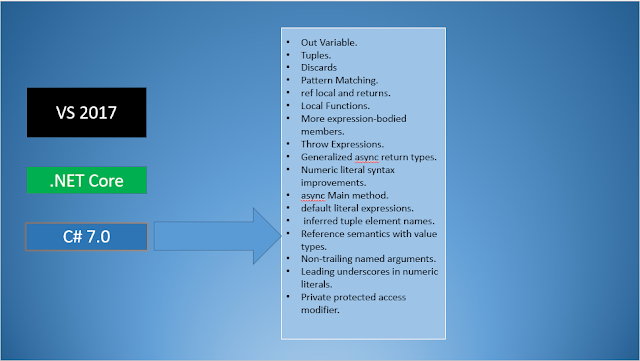TASK DESCRIPTION:
Excel button click event accessing User Form from Excel which has textboxes and Login button to provide arguments to c# method and retrieve output in excel.Steps:
1. Create Class library in C# (create method)
 |
| Fig 1.1 create class library |
 |
Fig 1.2: create class library
|
2. C# Code:
Namespace
using System.Runtime.InteropServices;
[ComVisible(true)]
public class Class1
{
public int Add (int a, int b)
{
return a + b;
}
}
3. Create reference of Project library
 |
Fig 1.3: COM-visible property exposes public methods
and functions in machine assembly to other applications not written in .NET.
|
4. Enable Register for COM Interop
 |
| Fig 1.4: Enable Register for COM interop |
5. Excel: Enable Developer bar on top panel. File --> Options (POP Up window will appear)
 |
Fig 1.5:
Excel Option
|
6. View Developer toolbar
 |
Fig 1.5:
Button Draw
|
7. View code toolbar in Developer Panel --> sheet window will popup --> tools --> References --> scroll down for your class library exe file and press Ok

8. Create user form with two textboxes and a Login button and paste below code in Login button click event

VBA Code:
Dim sheet As WorksheetDim tools As TestProject_Excel.Class1
Dim value As String
Dim result As String
Dim uiValue As String
Dim uiValue1 As String
Set sheet = ActiveSheet
value = sheet.Cells(1, 1)
Set tools = New TestProject_Excel.Class1
uiValue = UserForm1.TextBox1.Text
uiValue1 = UserForm1.TextBox2.Text
Unload UserForm1
If uiValue = vbNullString Then
UserForm1.Error = "UserName can not be empty"
ElseIf uiValue1 = vbNullString Then
UserForm1.Error = "Password can not be empty"
Else
result = tools.Add(uiValue, uiValue1)
sheet.Cells(1, 2) = result
End If
OUTPUT:









